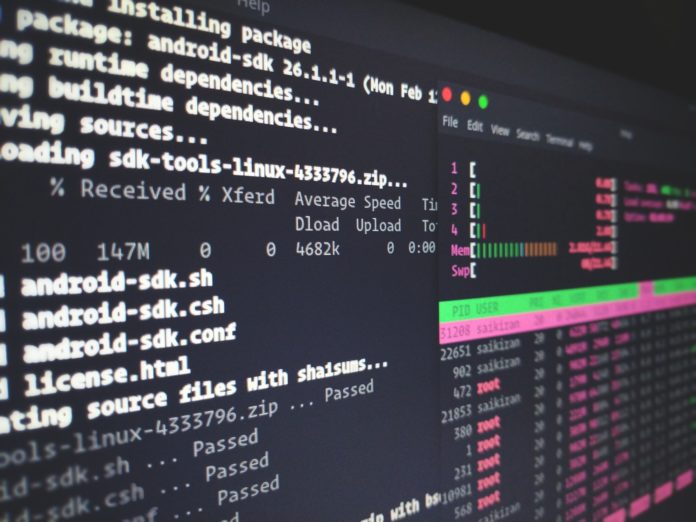The optimizations in Linux 5.1 are quite numerous: improved asynchronous operations, a discarded file format, a shield for external USB disks, accelerated Wi-Fi, and optimized live patching.
Linus Torvalds has released version 5.1 of the Linux kernel released. Although there have been few changes since the last pre-release, some have been submitted at the last minute. He himself is involved in the phasing out of the old file format a.out. A new variant for asynchronous operations promises acceleration and should be easier to handle, especially for developers.
Read More Stories: Firefox launches a second update that says fix problems with extensions
Upgrading the system on the fly can now handle cumulative patches. External USB data carriers can be deactivated separately. There is also work to be done to address the performance degradation caused by the Specter Vulnerability Patch. In addition, there are new features in drivers for graphics chips manufacturer AMD, Intel and Nvidia.
Optimized Asynchronous I / O and DM without Initramfs
To speed up operating systems, there are so-called asynchronous I / Os. This allows applications to do other tasks in the meantime, until a writing function in the background has finished its work. The kernel takes care of notifying the application. Asynchronous I / O has been around since Linux 2.5, but the previous implementation is inefficient and difficult to use, many criticize.
Read More Stories: Social Media: Trump stands behind locked right-wing extremists
Kernel developer Jens Axboe now introduces a new variant called io_uring that aims to increase the speed of asynchronous read and write tasks and scale better. There’s also a userspace library that lets developers learn the key features of io_uring can appeal.
In the future, virtual block-oriented devices addressed via the Device Mapper (DM) can also be addressed outside of an Initramfs archive at system startup. Initramfs usually store the files needed for startup, such as base drivers. A new kernel parameter can instead start a DM file system directly, such as a RAID array.
Read More Stories: macOS 10.15: Dashboard gone, Aperture killed, Carbon and QuickTime dead
With Fanotify, an interface was already introduced in Linux 2.6.36 for monitoring changes to file systems that should replace Inotify. Inotify is considered deprecated and works poorly on large file systems. Now the work on Fanotify – after some adjustments in Linux 4.20 – was resumed and adapted for the now growing volumes and the file systems used with the Super Block Root Watch function.
